I don’t even know where to begin! There is so much history! The second day was a cultural tour of Cape Town. Our day started bright and early where I barely made it to breakfast before departing at 0830. On the ride to our first stop, our guide who is a Black African gave us a history lesson on race relations as well as his personal history in Cape Town. Did you know there were three types of ethnic group:
- Black Africans
- Cape Coloureds are a multiracial ethnic group in South Africa, who have ancestry from African, European, and sometimes also Asian ethnic groups
- Afrikaners (Whites) are descended from predominantly Dutch settlers first arriving in the seventeenth and eighteenth centuries
With this knowledge, we explored and learned about several areas in Cape Town and how apartheid and slavery had an impact.
Bo-Kaap
Bo-Kaap is a historic Cape Town neighborhood characterized by brightly painted houses and unique local culture. Formally known as the Malay Quarter, the district is rooted in Malaysian, African, Indian, and Sri Lankan culture, largely a result of the descendants of the slaves who were brought over by Dutch imperialists in the 16th and 17th centuries.
Bo-Kaap Museum
The museum, which dates back to the 1760s, is the oldest house in the area still in its original form. The museum exhibits the lifestyle of a prosperous 19th-century Cape Muslim family along with black and white photographs of daily life in the area
The District Six Museum
“District Six was named the Sixth Municipal District of Cape Town in 1867. It was established as a mixed community of freed slaves, merchants, artisans, labourers and immigrants,
District Six was a vibrant centre with close links to the city and the port. By the beginning of the twentieth century, however, the process of removals and marginalisation had begun.
The first to be forced out were black South Africans who were displaced from the District in 1901. As the more prosperous moved away to the suburbs, the area became a neglected ward of the city.
On 11 February 1966 it was declared a white area under the Group Areas Act of 1950, and by 1982, the life of the community was over. More than 60,000 people were forcibly removed to barren outlying areas aptly known as the Cape Flats, and their houses in District Six were flattened by bulldozers.
The District Six Museum, established in December 1994, works with the memories of the District Six experience and with that of forced removals more generally.” — cited from http://www.districtsix.co.za/
As we left the museum, this graffiti/mural caught my attention. The 90-80-70-60 represents apartheid through the decades. In 90, you see Nelson Mandela. Just Powerful!
Langa
Langa was established in 1927 and was one of the many areas in South Africa that were designated for Black Africans before the apartheid era. It is the oldest of suburbs in Cape Town and was the location of primary resistance to apartheid.
Langa Mosaic Plinths are four colorful, mosaic-decorated plinths. Each side of the plinths has a different theme: one is the only memorial to the Mendi, a troopship that sank in the English Channel in 1917, drowning 607 members of the South African Native Labour Corps.
Wow! So much was covered in just half a day. More to come in the day and life of the people in Part 4 of Photo Diary and Stories of Cape Town.


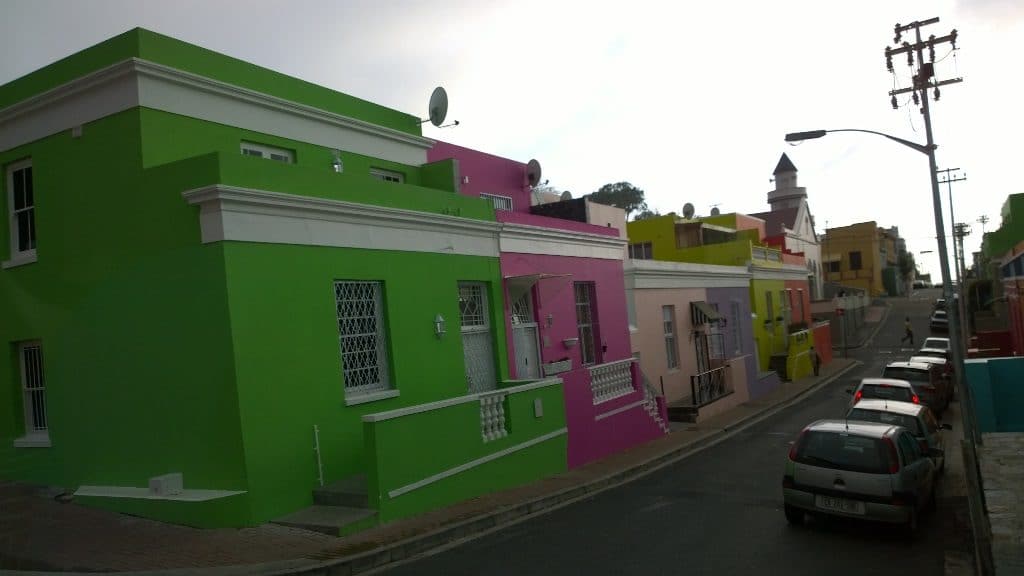
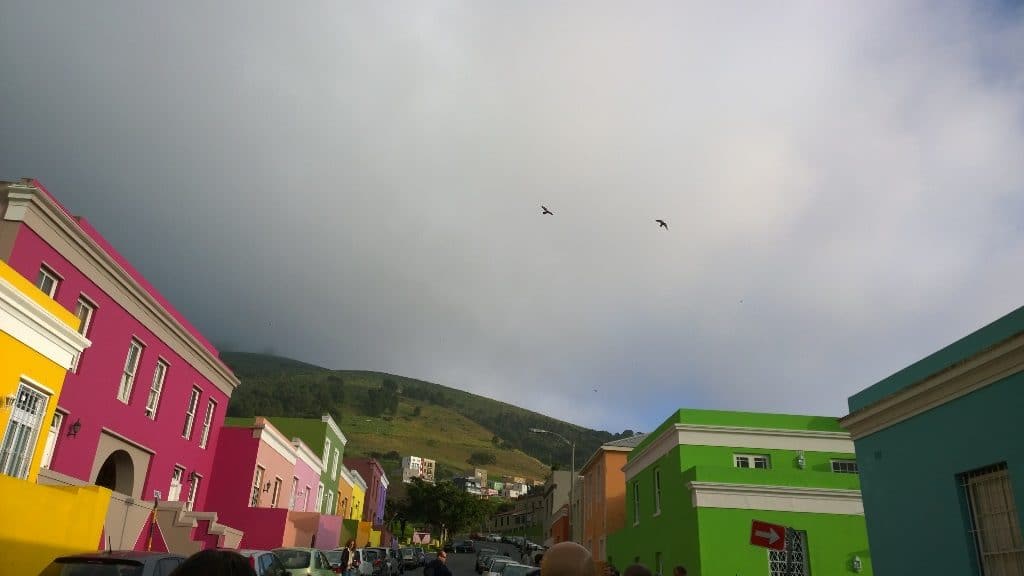
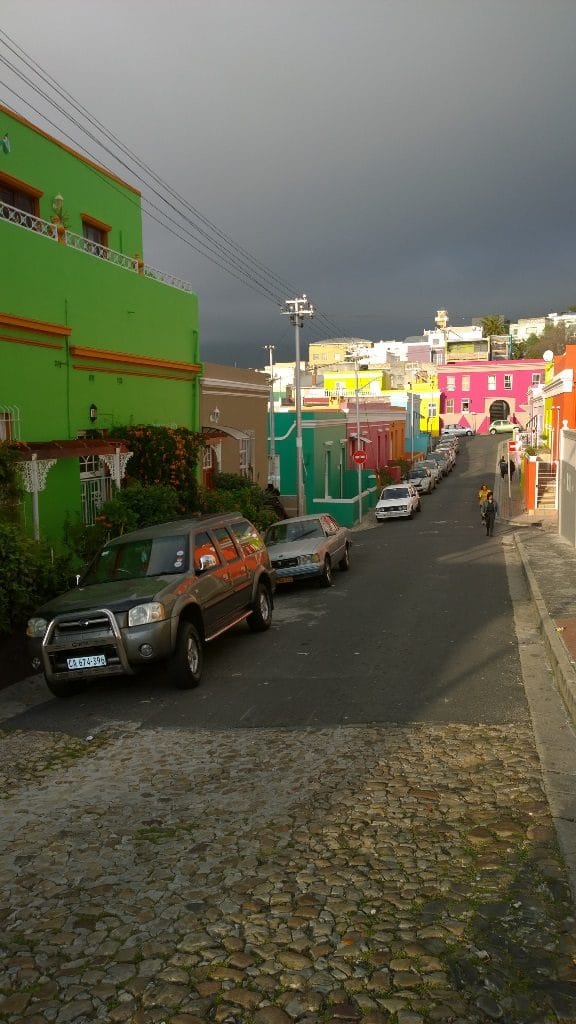
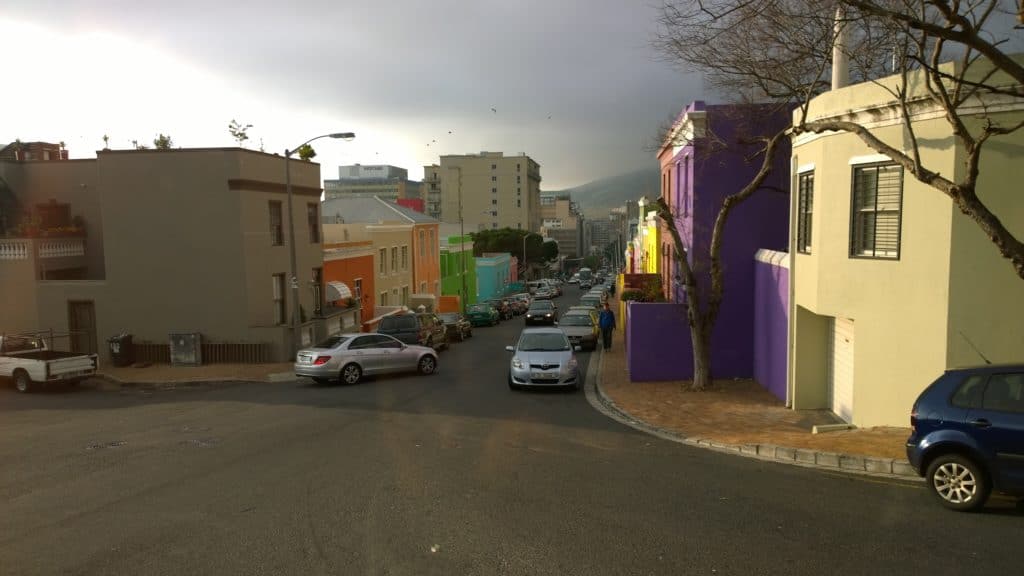
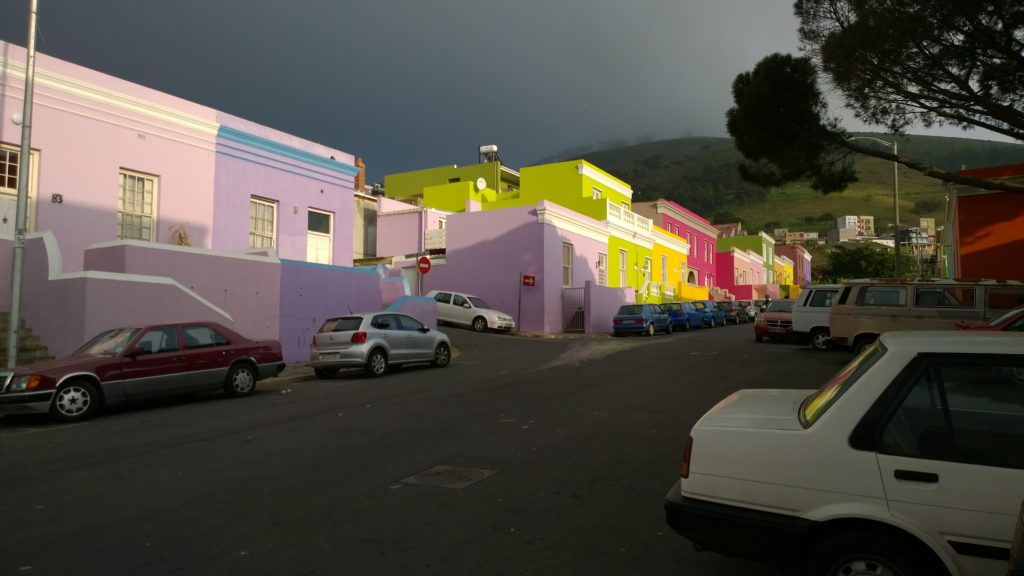
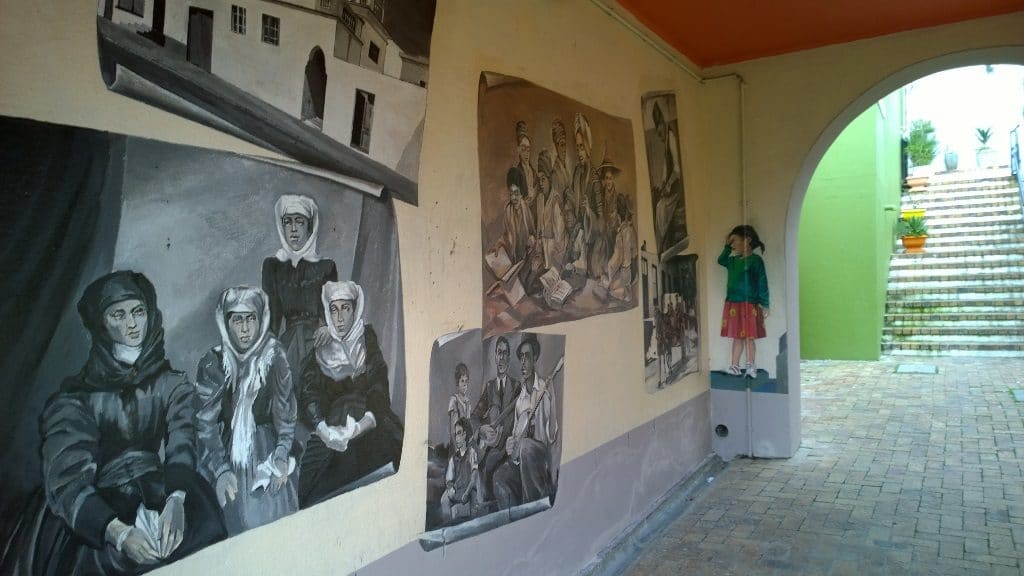
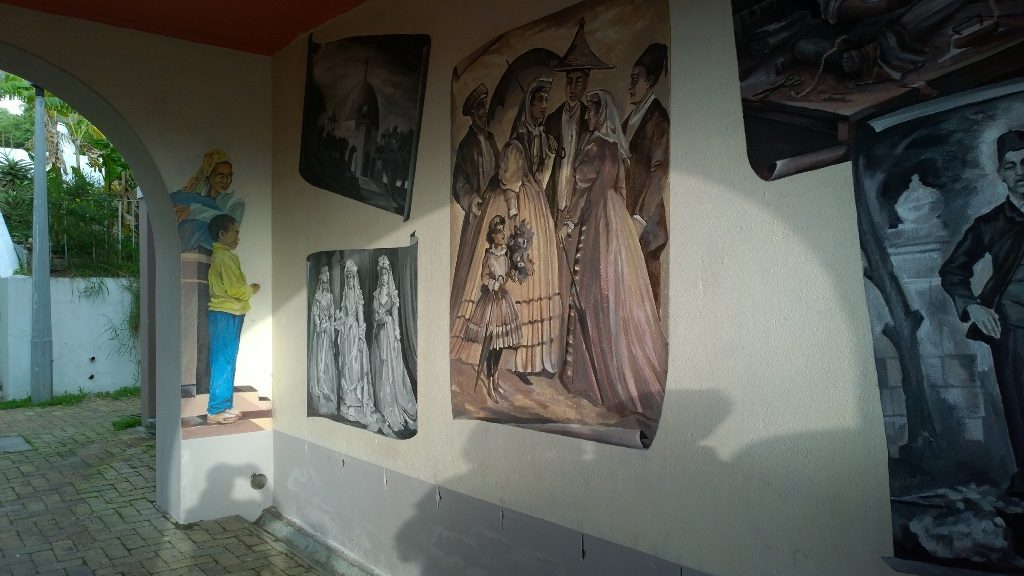
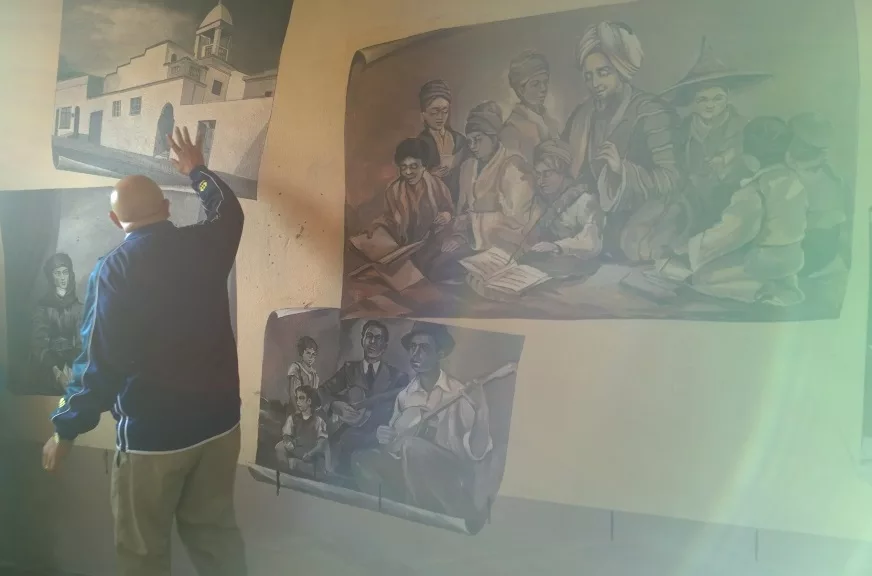
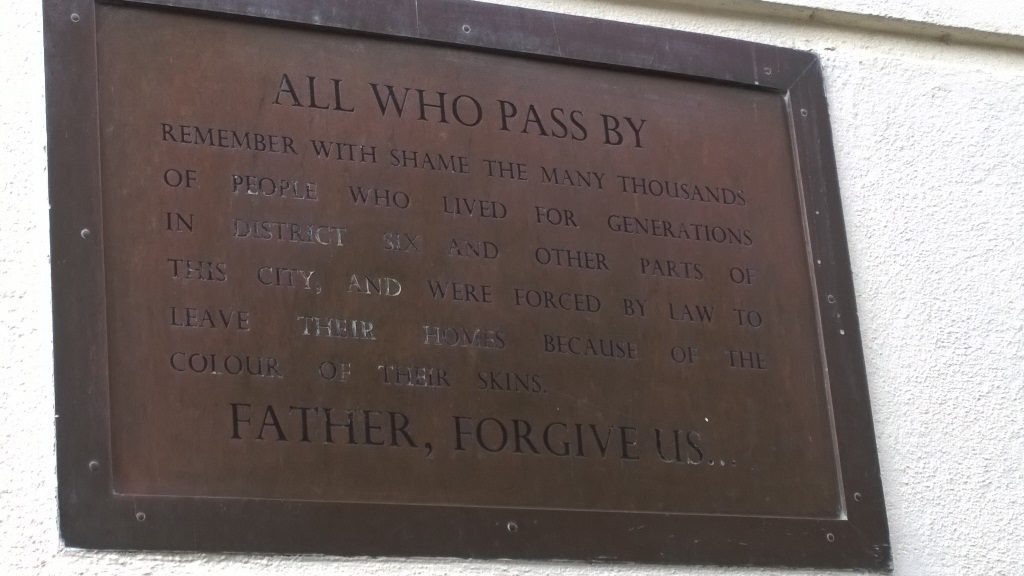
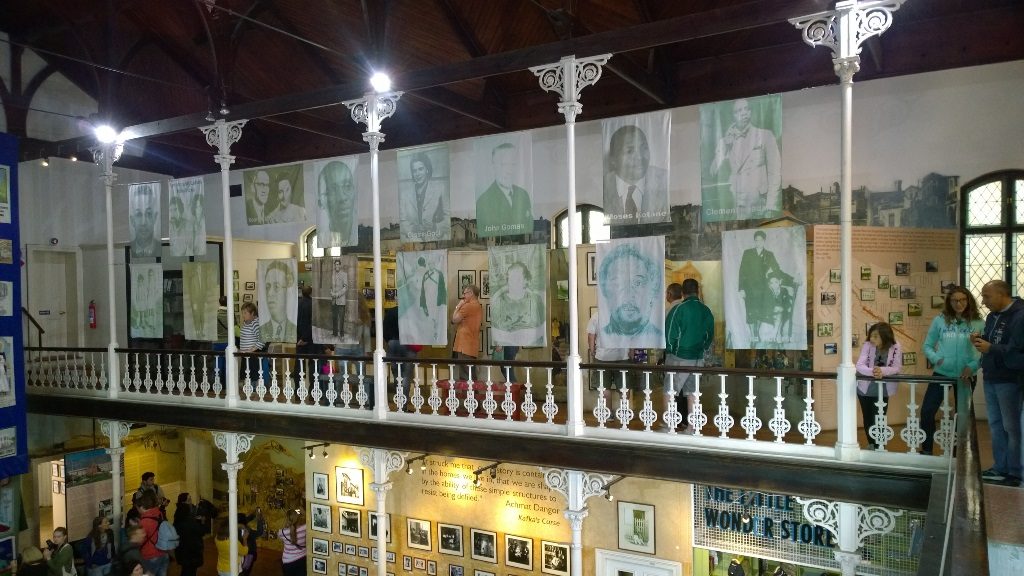
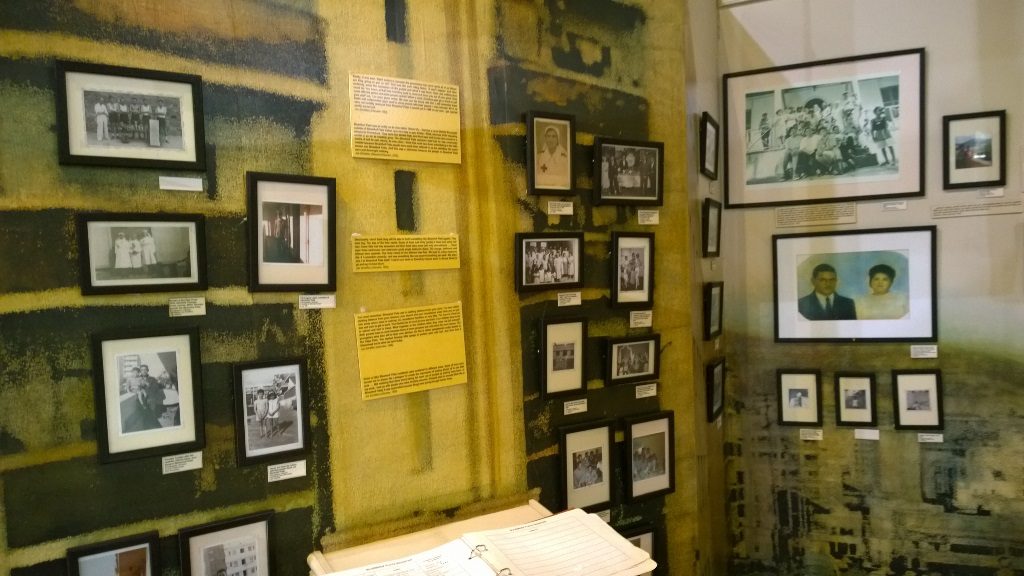
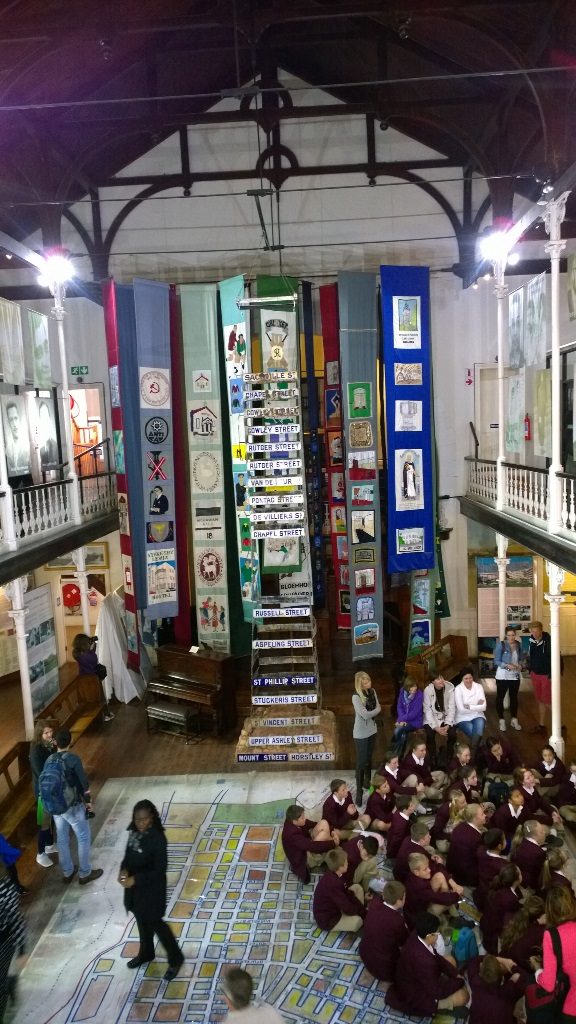

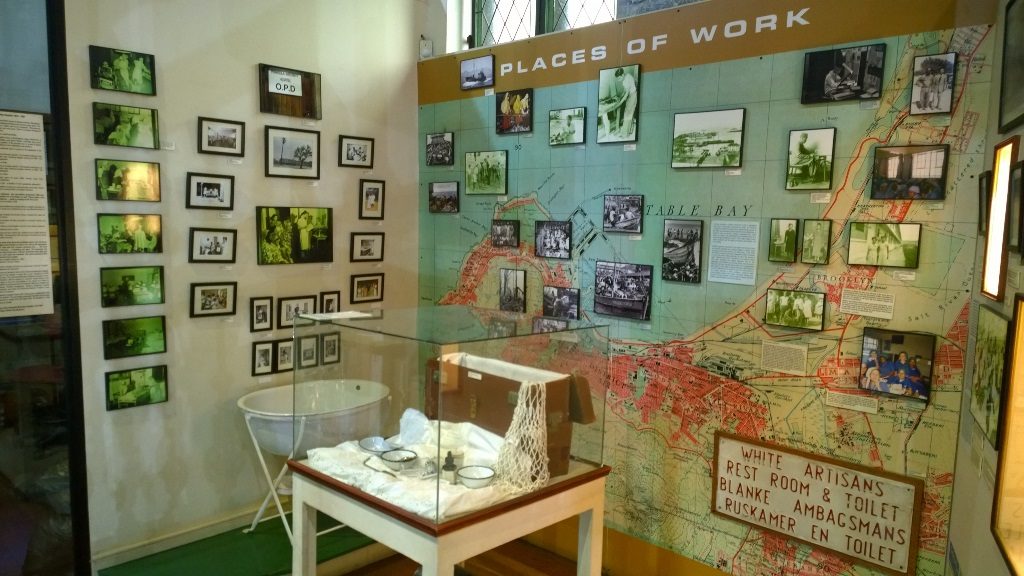
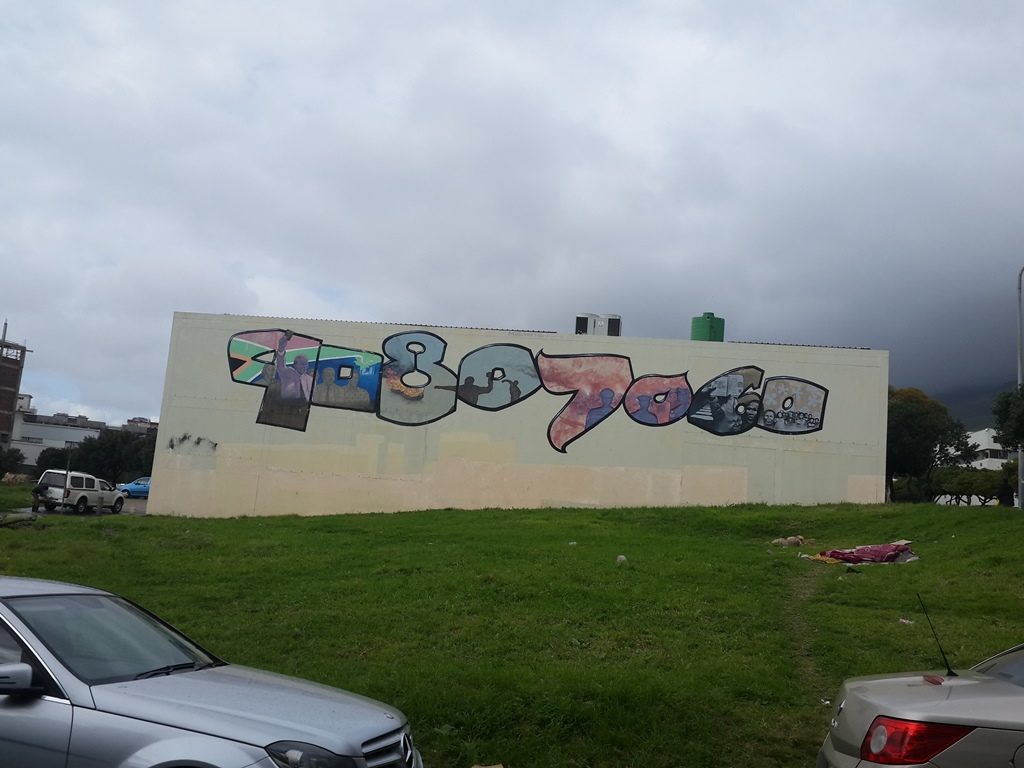
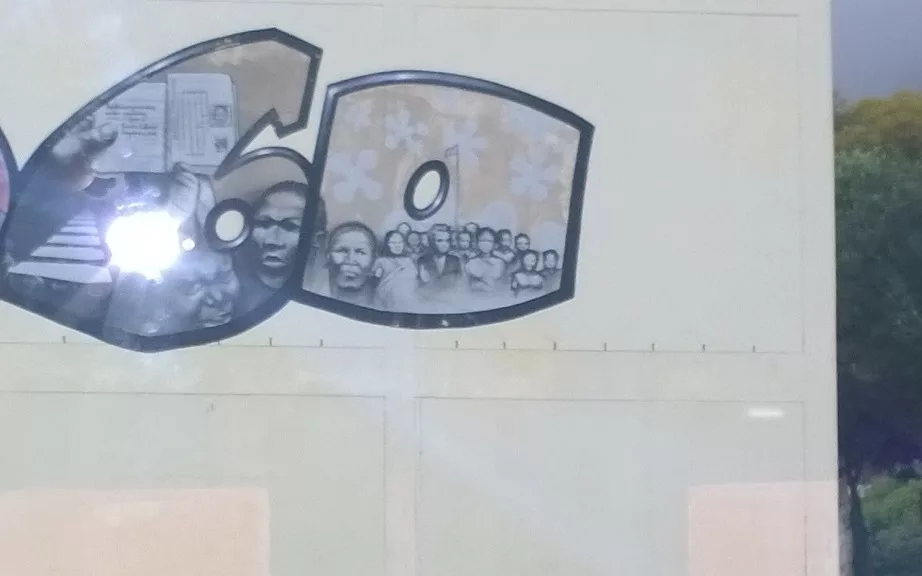

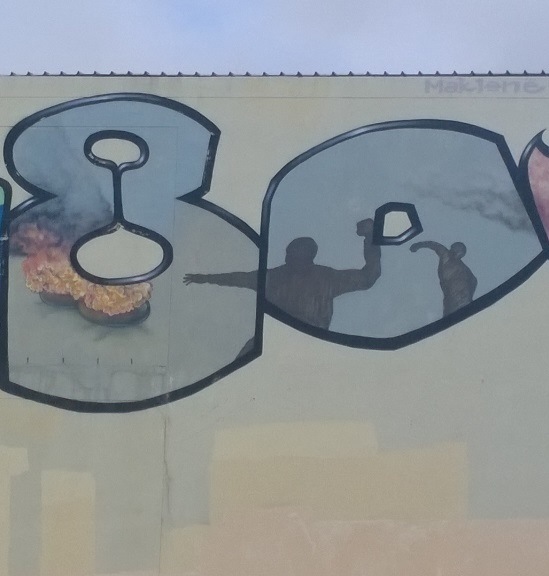
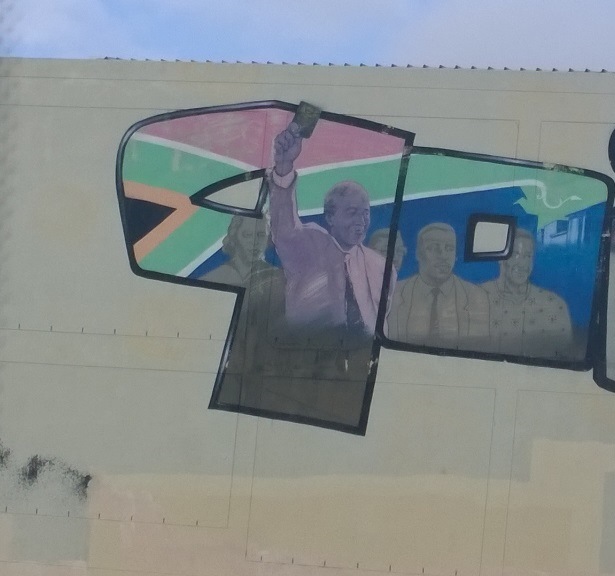
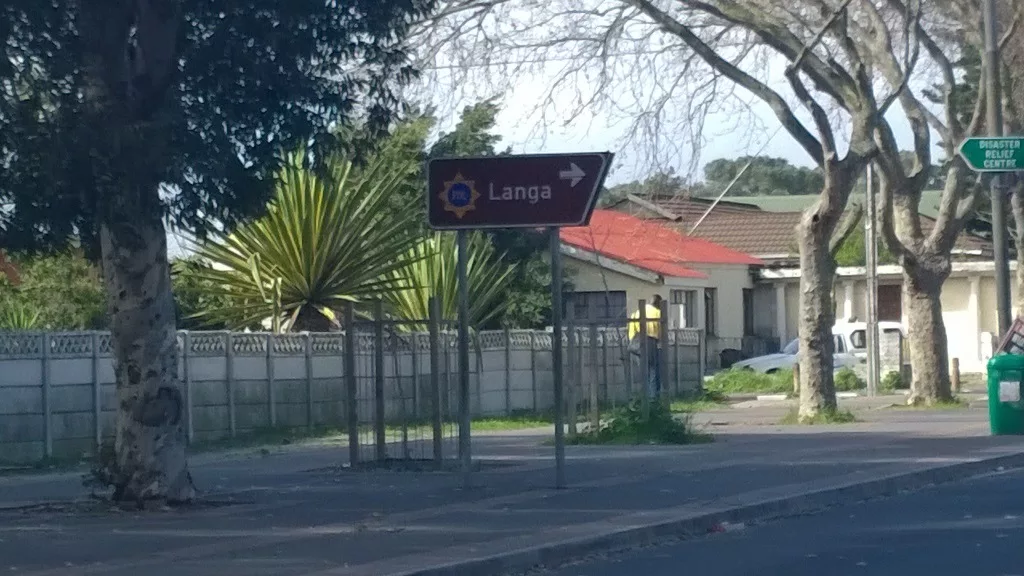
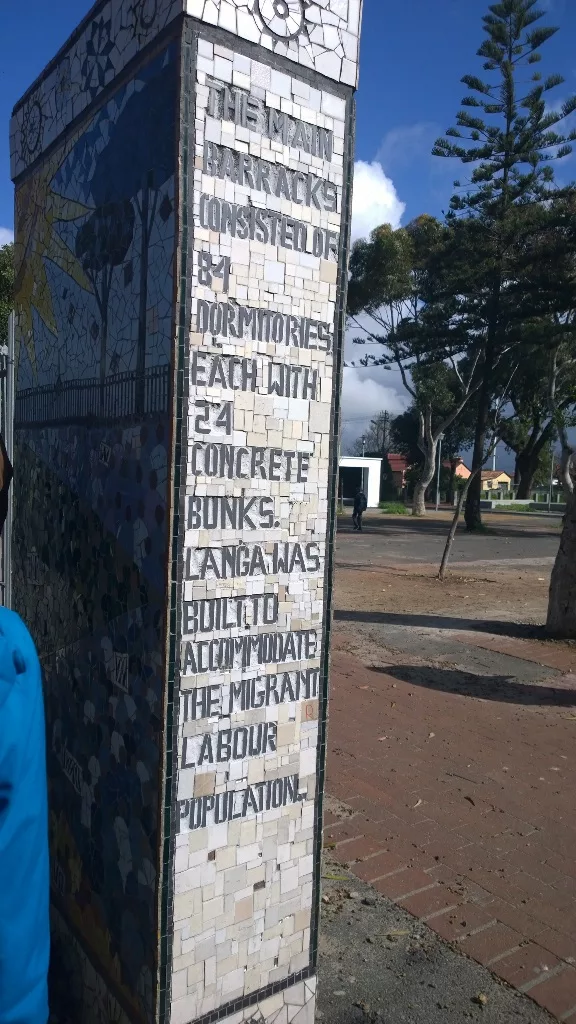
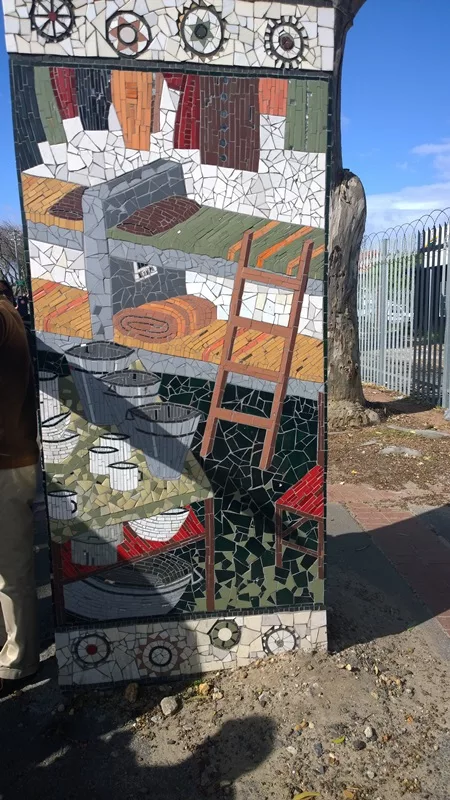
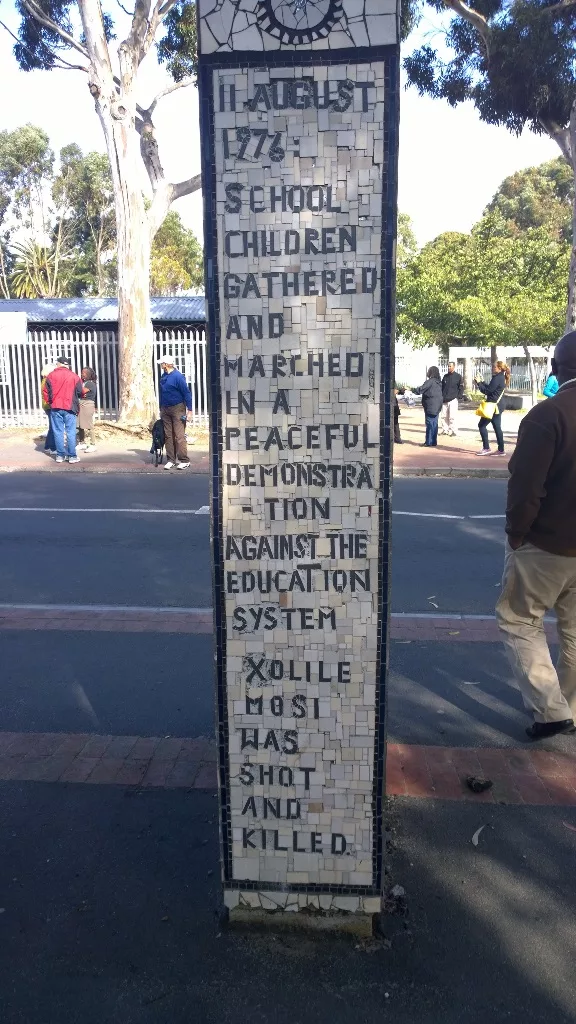
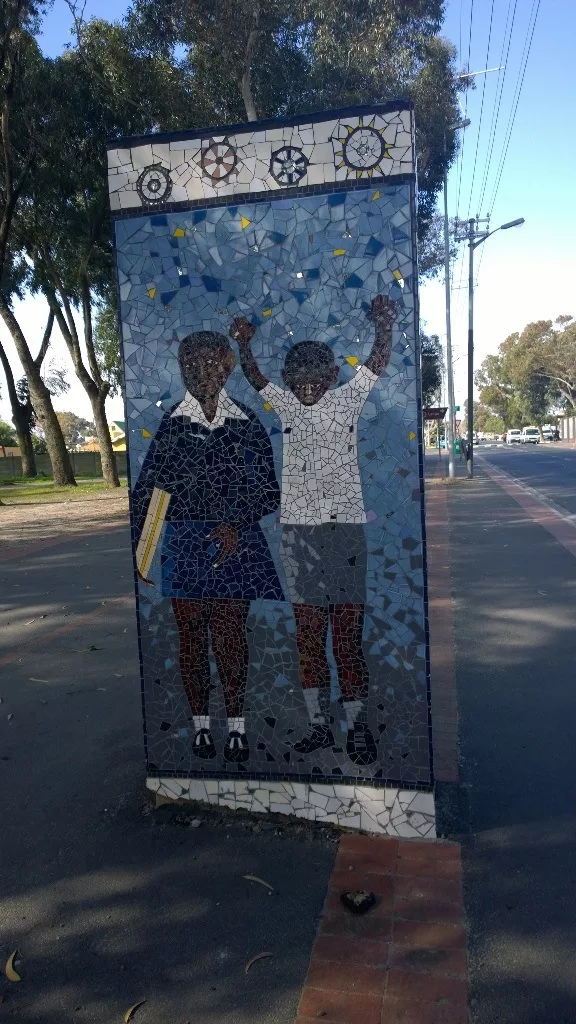
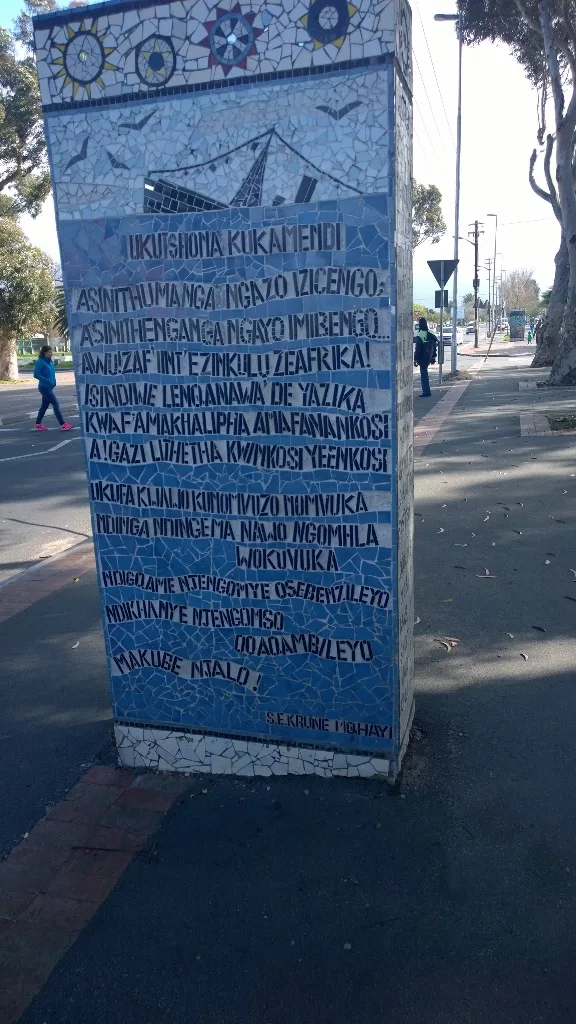

Hey Caty. Good to see you again. We love all the places you go. You always have great choices in destinations.
Great post on the neighbours of Cape Town. I never been to the city nor South Africa but when I go there, I hope to check out the neighbourhoods. Did you find them safe to walk around?
I have always wanted to go to South Africa, I’ve got family there and it’s a wonder why I’ve not been yet. It would be great to explore the neighborhoods as well as the touristy places. Your photo Diary has really go me thinking about going 😀
Love Cape Town def an amazing city. Looks like you found some colorful parts of the city. Next time I am there I have to go to Bo-Kaap.
This is such a good post – not pointing out only the fun time touristy things. I like it a lot that you make the variety of immigrants a topic – the Bo Kaap Museum looks great! – and that you go back where it hurst – like e. g. the District Six museum. I’d like very much to go to S.A. and Capetown looks not only beautiful, but also very interesting.
I am currently reading Noah Trevor’s book, ‘Born a Crime’ about his experience growing up in South Africa during apartheid as a colored child with a black mother and white father. It’s a captivating read and your photos in your Cape Town blog series are really helping me add some color to the story.
The racial relations during and after apartheid in South Africa are so complex and ever changing. And to see some of these murals and monuments you have captured on film is a reminder of the wounds that still have to heal in that part of the world.
I hope I am able to visit one day soon. I was bummed I was not able to make it there for the World Cup in 2010.
I love Cape Town, but reading about the different districts because of colour is sad. I knew some of this, but not all. It is amazing this happened not that long ago. Cape Town still has issues and I hope it gets better in the future, as it is such a beautiful city.
I always love the images i see of Bo-Kaap on Instagram and its an area I would love to see, wasn’t aware of the cultural significance
The colourful buildings of Bo-Kaap look so cool! It amazes me how much history an area can have. I’d love to go and experience it one day.
Such great photography of Bo-Kaap! Seems like a really cool place to explore. I really enjoyed this article and learning more about South Africa and the racial diversity. Looking forward to reading more about your adventures. Hope to visit Cape Town soon. Safe travels.